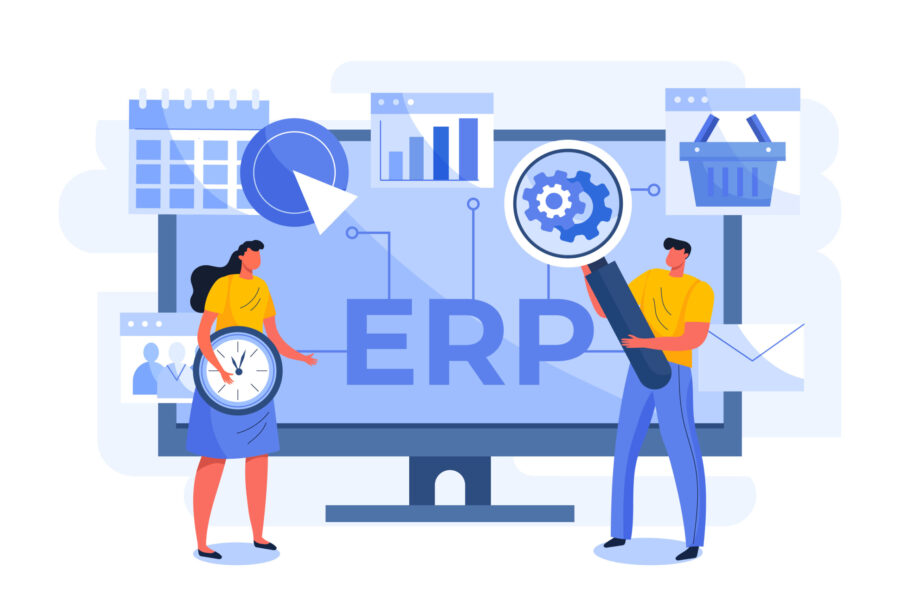I. Introduction
When it comes to managing finances and optimizing business operations, enterprises have a range of software solutions at their disposal. Among these, Enterprise Resource Planning (ERP) and accounting software are two primary contenders. This blog delves into the cost considerations of implementing these systems and aims to shed light on the Return on Investment (ROI) associated with ERP vs Accounting solutions.
II. Understanding the Costs of ERP and Accounting Software
Before delving into ROI, it’s essential to comprehend the costs involved in adopting ERP and accounting software.
- Breakdown of Initial Implementation Costs
Licensing and Subscriptions: ERP systems often involve higher initial licensing costs compared to accounting software due to their extensive functionalities.
Hardware and Infrastructure: ERP might necessitate significant investments in hardware infrastructure to ensure seamless operation and integration.
Training and Onboarding: Both ERP and accounting software require training and onboarding costs to familiarize staff with the new system.
- Ongoing Maintenance and Support Costs
ERP Systems: These typically incur higher maintenance costs due to their complexity and the need for ongoing updates and support.
Accounting Software: Maintenance costs for accounting software are generally lower compared to ERP systems.
- Potential Hidden Costs
It’s important to account for potential hidden costs, such as customization expenses, data migration, and additional modules that may be necessary to meet specific business requirements.
III. Calculating ROI for Accounting Software
Now, let’s delve into the factors influencing the ROI for accounting software.
- Benefits and Efficiencies Gained from Accounting Software
Accounting software streamlines financial processes, automates data entry, improves accuracy, and facilitates quicker financial reporting.
- Cost Savings Attributed to Accounting Software
Time Efficiency: Automation reduces the time spent on manual data entry and reconciliation.
Resource Allocation: Streamlined processes may lead to lower staffing needs for routine financial tasks.
- Measuring ROI for Accounting Software Based on Tangible Benefits
ROI for accounting software can be calculated by comparing the cost savings and efficiencies achieved against the initial and ongoing costs of the software.
IV. Calculating ROI for ERP Systems
Let’s explore the ROI calculation for ERP systems.
- Comprehensive Business Process Improvements with ERP
ERP systems integrate various business processes, leading to improved collaboration, streamlined operations, and data-driven decision-making.
- Enhanced Efficiency and Productivity with ERP
Process Automation: ERP automates and standardizes processes across the organization, saving time and reducing errors.
Data Accuracy: Centralized data ensures consistency and accuracy in reporting and analysis.
- Quantifying ROI for ERP by Assessing Business-Wide Impact
ROI for ERP is determined by assessing the efficiency gains, cost savings, and revenue growth attributed to the system.
V. Cost-Effectiveness Comparison: ERP vs Accounting Software
Let’s compare the cost-effectiveness of ERP and accounting software.
- Analyzing the ROI of Accounting Software in Comparison to Its Costs
While accounting software offers notable ROI through time savings and efficiency gains, it might have limitations in addressing broader business needs.
- Analyzing the ROI of ERP Systems in Comparison to Their Costs
ERP systems often provide a higher ROI by transforming the entire organizational workflow, leading to significant long-term cost savings and efficiency improvements.
- Comparing the Long-Term Value and Benefits of ERP vs Accounting Software
Considering the long-term growth and scalability, ERP systems tend to offer more value, especially for rapidly expanding businesses.
VI. Real-World Case Studies
Let’s look at real-world case studies to illustrate the ROI associated with both ERP and accounting software.
- Presenting Case Studies Illustrating ROI of Accounting Software
Highlight case studies showcasing how businesses benefited from implementing accounting software, focusing on cost savings and efficiency gains.
- Presenting Case Studies Demonstrating ROI of ERP Systems
Share case studies demonstrating the transformative impact of ERP systems on various aspects of businesses, emphasizing the broader ROI achieved.
- Extracting Key Insights from Case Studies for Readers to Understand ROI Practically
Summarize key takeaways from the case studies to provide practical insights into how businesses can evaluate ROI for these software solutions.
VII. Factors Influencing ROI and Cost Savings
Several factors influence the ROI and cost-effectiveness of both ERP and accounting software.
- Scalability and Growth Considerations
ERP systems are designed to scale with business growth, providing long-term cost-effectiveness.
- Customization and Tailored Solutions
ERP systems often offer more customization options to tailor the software to specific business needs, potentially enhancing ROI.
- Integration and Streamlined Processes
The comprehensive integration capabilities of ERP systems lead to better efficiency, impacting overall ROI positively.
- Data Accuracy and Decision-Making Capabilities
Accurate and real-time data provided by ERP systems facilitate informed decision-making, further enhancing ROI.
VIII. Conclusion
Choosing between ERP and accounting software requires a careful evaluation of costs and ROI. It’s crucial to align the investment with long-term business goals and choose a solution that best suits the organization’s needs for optimal financial management and operational efficiency.
In summary, while accounting software can provide immediate ROI through efficiency gains, ERP systems offer a broader, more transformative impact on organizational processes and long-term cost-effectiveness, making them a valuable investment for businesses aiming for sustained growth and scalability.








